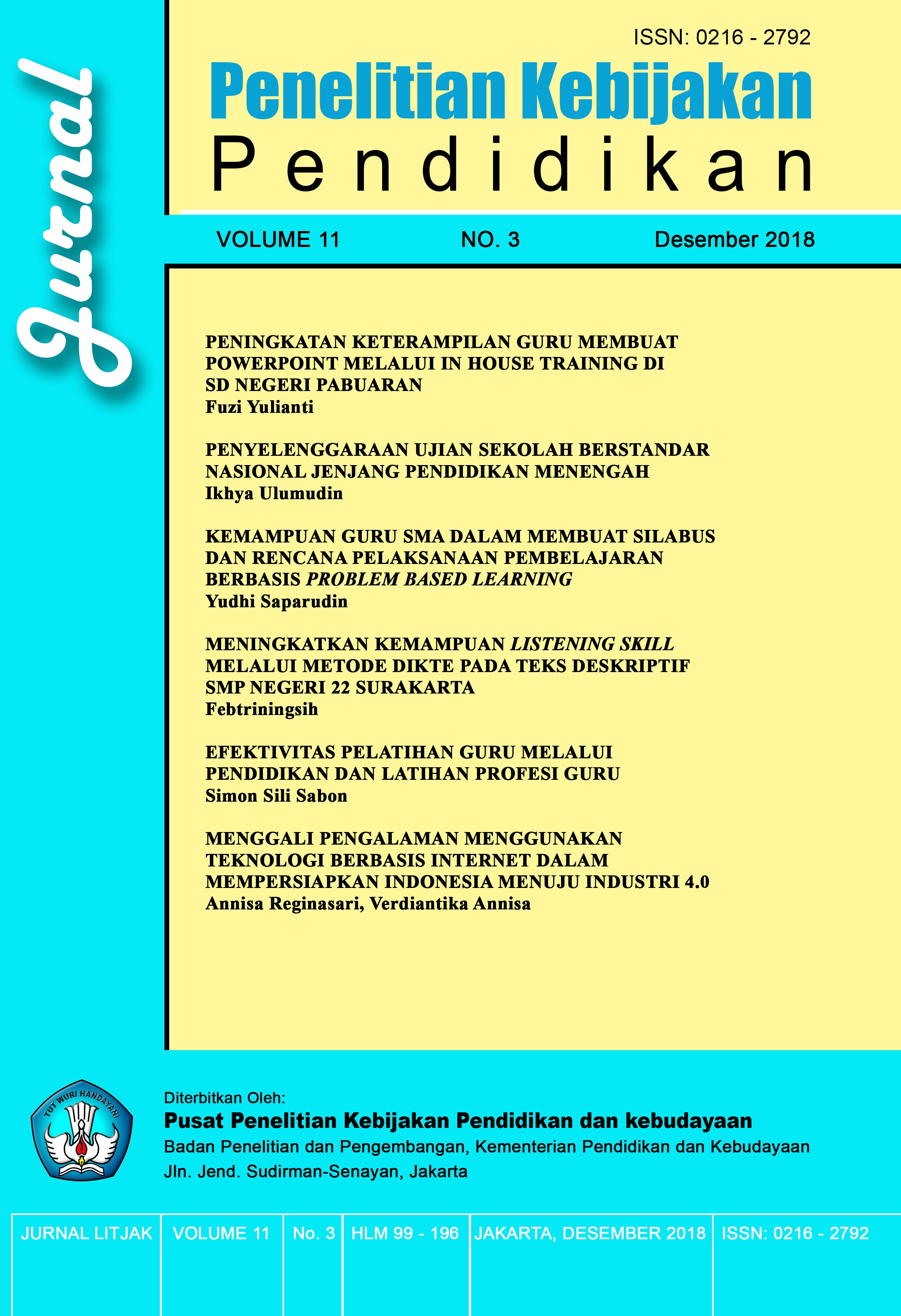PORNOGRAPHY ADDICTION LEVEL SCREENING ON JUNIOR AND SENIOR HIGH SCHOOL STUDENTS IN 2017
DOI:
https://doi.org/10.24832/jpkp.v11i2.226Keywords:
addiction, pornography, screeningAbstract
This study aims to find out how the level of pornography addiction of students in junior and senior high school. There are now many children and adolescents who are addicted to access pornographic content. Accessing pornographic content is very dangerous for a teenager, because they have not been able to think critically so they can fall asleep and dissolve in the porn site. The tendency of teenagers to watch pornographic films over and over, has an impact on the difficulty of concentrating in learning. As a result of the difficulty of concentrating it results in low learning outcomes. The instrument used is a questionnaire in the form of a self report about the habits of adolescents in behaving related to pornography addiction. The survey was conducted in four districts / cities, namely Jakarta, Semarang, Bantul and Banda Aceh with a sample of 16 schools with composition, 8 middle schools and 8 high schools. Of all student respondents who were caught following the screening of pornography addiction levels, almost all of them had been exposed to pornographic material. Initially the rest is unaware or accidentally sees pornographic content when they open the internet or social media. Most students claim to know pornographic content while in the house. Digital devices such as mobile phones provided by parents and can only be used by children when they have returned home after school, is one of the reasons why this happened.
Downloads
Published
Issue
Section
License
Copyright (c) 2019 Jurnal Penelitian Kebijakan Pendidikan

This work is licensed under a Creative Commons Attribution-NonCommercial-ShareAlike 4.0 International License.
Copyright Notice
All articles submitted by the author and published in the Jurnal Penelitaian Kebijakan Pendidikan are fully copyrighted by the publication of Jurnal Penelitaian Kebijakan Pendidikan under Attribution-NonCommercial-ShareAlike 4.0 International (CC BY-NC-SA 4.0) by technically filling out the copyright transfer agreement and sending it to the publisher
Note :
The author can include in separate contractual arrangements for the non-exclusive distribution of rich versions of journal publications (for example: posting them to an institutional repository or publishing them in a book), with the acknowledgment of their initial publication in this journal.
Authors are permitted and encouraged to post their work online (for example: in an institutional repository or on their website) before and during the submission process because it can lead to productive exchanges, as well as earlier and more powerful citations of published works. (See Open Access Effects).


















